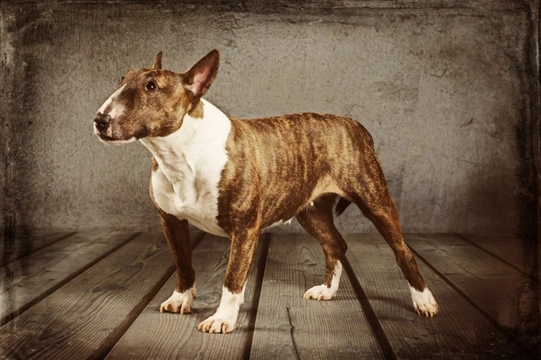Pets
Pets for studWanted petsBreedersAccessories & services
Knowledge hub
Support
Support & safety portal
What does the dog’s gall bladder do?
The gall bladder is an important part of the anatomy of both humans, dogs and many other animals too, but not many dog owners could point to its location on a chart of the dog’s body, or explain in even simple terms what it does!
In this article, we will look at the role of the gall bladder in the dog in more detail, including what it does, some of the potential problems that can arise with it, and how to tell if something is amiss. Read on to learn more about your dog’s gall bladder.
More about the gall bladder
The gall bladder is a small organ located between the liver and the stomach, with a direct connection from the liver to the pancreas. The gall bladder produces and stores bile for release as needed into the pancreas. Bile is again, something that many people don’t really understand in any depth, other than being able to identify it as part of a bout of vomiting!
Bile is, however, important for digesting lipids, a type of fat that is processed in the small intestine. Bile is greenish-yellow in colour and very acidic, as you will know if you have ever been unlucky enough to taste it when vomiting!
While the gall bladder performs an essential function when healthy, it may, for certain reasons, need to be removed entirely, and assuming that the procedure goes as planned and the dog recovers well, will be able to lead a normal life afterwards with a normal lifespan.
Indications of a problem with the gall bladder
Because the gall bladder is of course an internal organ, if can be difficult to pinpoint exactly what is amiss when your dog is displaying non-localised symptoms or indications that something is wrong.
The symptoms of a problem with the gall bladder tend to be fairly generalised and common to a whole range of different health conditions and problems with other major organs, but some of the main indicators of a potential gall bladder problem can include:
- Jaundice, or a yellowing of the mucous membranes of the eyes and other areas.
- Elevated temperature.
- A painful or sensitive stomach.
- Loss of appetite and interest in food.
- Weakness and lethargy.
- Vomiting without any clear cause, particularly if vomiting bile.
As mentioned, all of these symptoms can also occur due to problems that are unrelated to the gall bladder, but they should be taken seriously and assessed properly by your vet to get a proper diagnosis.
Some of the most common gall bladder problems in dogs
Conditions and problems that can affect the gall bladder of the dog are divided into two categories: Obstructive and non-obstructive respectively.
Non-obstructive issues refer to problems or conditions that do not block the gall bladder and its associated release of bile into the intestine, and the most common non-obstructive gall bladder problem in dogs is bacterial infections, which are usually treated with a course of antibiotics to destroy the bacteria, and medications that stimulate bile production, and its release into the intestines.
A more serious non-obstructive problem can occur if your dog becomes hurt or injured and as such, ruptures the gall bladder itself; this type of incident will generally involve a serious trauma, such as being hit by a car. This causes bile to be leaked from the gall bladder into the abdomen, which can lead to peritonitis, or an inflammation of the tissue that lines the abdomen and protects the internal organs, and which can quickly become very serious. Invisible internal injuries such as these are one of the main reasons why your dog should see the vet if they have been hit by a car or had a potentially serious accident, even if they appear to be fine externally.
Obstructive conditions of the gall bladder involve a set of circumstances that lead to the bile produced by the gall bladder being unable to release into the small intestine, due to a physical blockage of the relevant drainage channels or damage to the gall bladder itself.
If the pancreas becomes swollen or scarred due to an underlying problem, it can press on the gall bladder and prevent the release of bile, which over time, becomes thick and viscous, and begins to form bladder stones. The stones themselves can of course block the bile duct and further worsen the problem, and also, when the overly thick and concentrated bile enters the bloodstream of the dog, this can upset your dog’s digestive system and other bodily systems too, leading to the jaundiced appearance mentioned above.
In cases such as these, your dog will usually require surgery to remove the bladder stones themselves, and restore normal function. In some cases, the gall bladder may need to be removed entirely.
Various forms of tumours, both malignant and benign, may also obstruct the gall bladder’s normal release of bile, and will once again require surgical removal to restore healthy function. If the tumours are malignant and aggressive, or already affecting the gall bladder’s functions, again, the gall bladder may need to be removed too in order to address this and prevent further spread of the cancer.
Gall bladder removal surgery is a major procedure that is not without its risks, but assuming that the removal process itself and the critical recovery period afterwards all goes to plan, dogs can live otherwise normal, happy lives after recovery. Because the gall bladder is necessary to produce the bile that digests lipids, dogs whose gall bladders have been removed will usually need to be prescribed a speciality low fat diet, as their body will be less able to process high levels of fat in the normal way.



